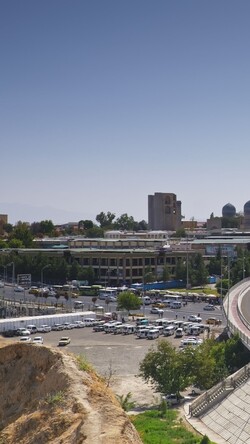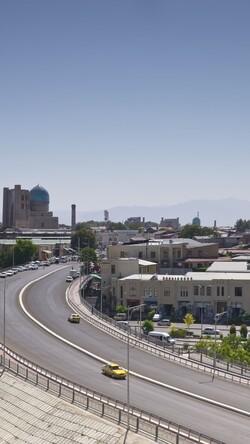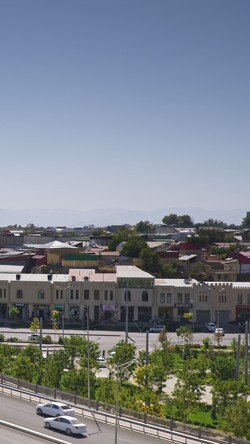Views
Search
©️ 2025 Atmoph Inc.
Giza, Egypt
Sphinx and Pyramid of Khafre
The Pyramid of pharaoh Khafre is one of the three great pyramids erected at Giza. With a base length of approximately 215 meters and a height of approximately 136 meters, it is the second largest pyramid after the largest, the Pyramid of pharaoh Khufu, which stands next to it. In addition to the beautiful pyramid, the mortuary temple, approach, valley temple, sphinx, and other facilities have been relatively well preserved, and many people walk along the approach to admire the wonderful heritage of antiquity.
Memphis and its Necropolis
Memphis, the capital of the Old Kingdom of Egypt, is located on the banks of the majestic Nile River. Around Memphis are a cluster of pyramids, the cemeteries of kings, stretching approximately 30 kilometers from north to south. The pyramids, built over a period of about 500 years from the 27th century B.C., vary in size and state of preservation, and offer visitors a glimpse of a great civilization that swept the world in the distant past.























